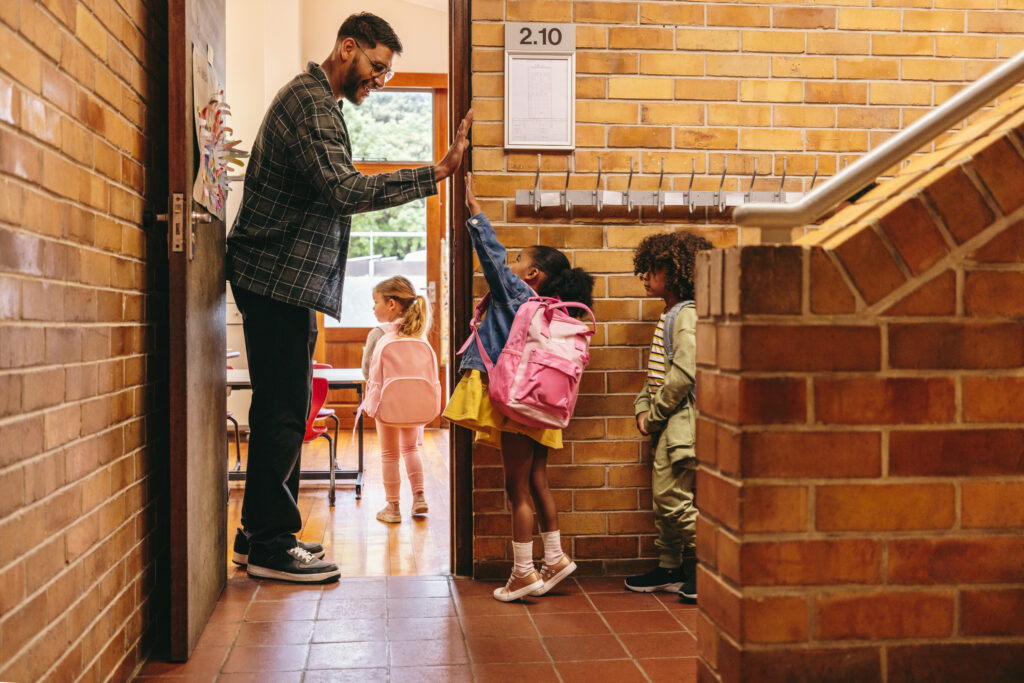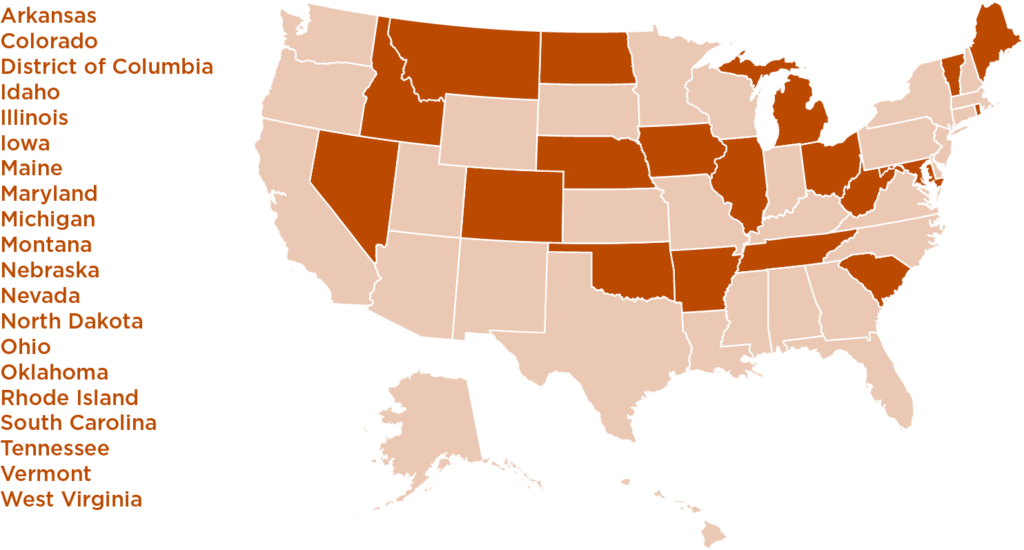The Arts Educator Workforce

Addressing the arts educator workforce requires an acknowledgement of the multifaceted challenges that are tethered to it, such as turnover, accessibility and funding. This year, the Arts Education Partnership (AEP) began collecting information on improving the preparation, recruitment, development and retention of arts educators in hard to staff schools and areas experiencing teacher shortages. This project will be focusing on information that could be promising for the states identified by the U.S. Department of Education as arts teacher shortage states.

The upcoming resource will include available programs, promising initiatives, successful practices and policies in the areas of recruitment, preparation, development and retention happening around the country. In my role at Arts Education Partnership, it is my passion to help pre-service, early career and veteran teachers understand the challenges and available supports so they can make informed decisions for themselves. As a licensed visual arts educator who worked in public education, there are many things I am learning about to improve the teacher workforce that I would have loved to share with my pre-service self.
The success of early career teachers starts at the beginning of their teacher-preparation journeys. The effective pathways for pre-service teachers have a large influence on the longevity of their careers and student achievement. Other considerations for teacher preparation and retainment also include the licensure requirements in the state. Currently, 10 states do not have licensure requirements for arts teachers. Licensure requirements place trained arts teachers into the classrooms. However, licensure requirements can also pose barriers for people who cannot work without pay to support their families or cannot pass the standardized test to achieve licensure. I graduated from a traditional student teacher program. As a student teacher, I assumed the only option for attaining my teaching license was through a traditional student-teacher pathway, but I later found other options exist. Fast-track programs or teacher residencies also have large effects on the preparation and retainment of early-career teachers. Teachers who utilize a fast-track program are more likely to leave the profession in the first three years; less than half of teachers from local fast-track programs will remain in the teaching profession compared to 93% of participants from a teacher residency program.
In conversations with AEP, early career teachers have expressed their need for more support. Teachers are arriving to their first-year jobs underprepared and lacking support in the form of mentors, community and administrative support. On the other end of the spectrum, conversations brought forth that overworked veteran teachers don’t feel able and willing to take on the role of training student teachers or mentoring new teachers as they are overwhelmed with their own work. This dynamic is illuminated by teacher shortages that have been a problem for over a decade. The number of “leavers” – or teachers who left the profession – remains around 8.0% for public schools since 2004. According to the 2020 D.C. Teacher Attrition Survey, the higher percentages for leaving were focused around the lack of support from administration to address challenges, lack of respect from school and/or local education agency (LEA) administration, and general workload being too high.
AEP will continue to collect and disseminate information on state efforts to improve arts teacher recruitment, preparation, development and retention. AEP will create a webpage to host the resources gathered. We will launch this living resource in July of 2024. We are interested in reporting on promising pathways for arts teachers, benefit incentives, arts-specific professional development and support, and growth opportunities within the profession. If you are interested in sharing your experience, research or resources with us please contact Mitra Chamanbahar at mchamanbahar@ecs.org.



